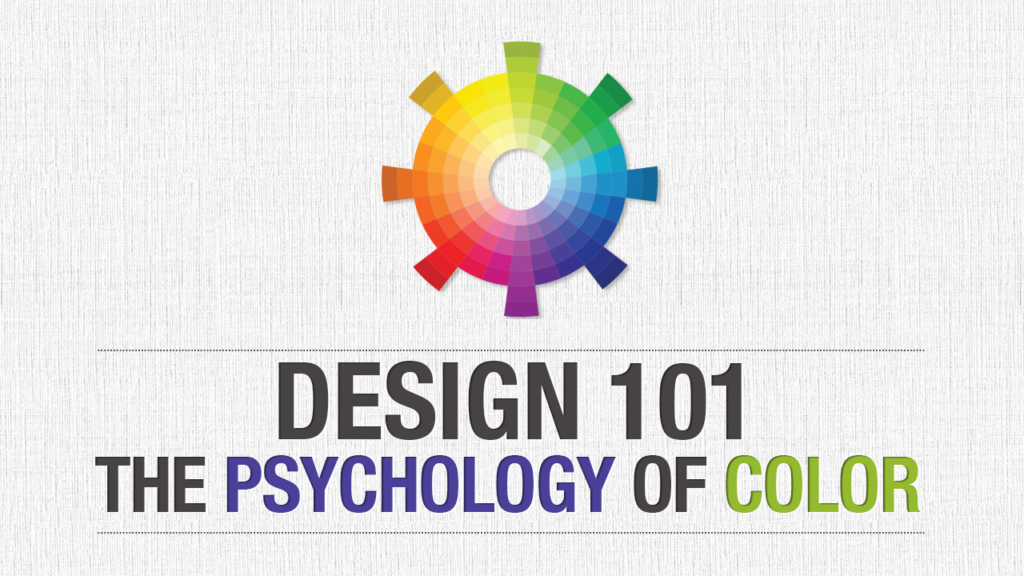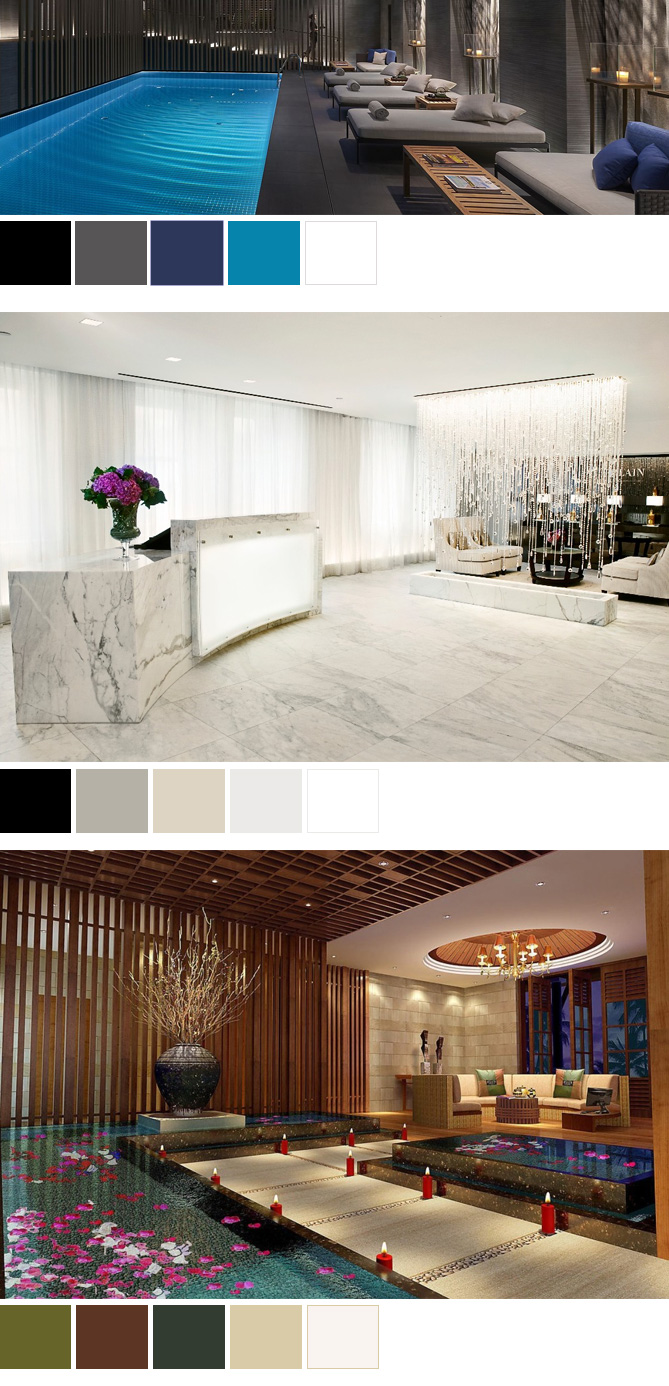The Psychology of Color in Marketing and Branding

If I were to play a song for you that you listened to while growing up, there is no doubt that you would remember all the words AND the feelings and emotions that were associated with it. For example, assuming you are my age, and I say “INXS, Never Tear Us Apart“, what fond memories do you have? OMG! I remember when I slow danced in Grade 6 to that song! Am I right?
Well, imagine that with color. We know that Red is Love, Purple is Royalty, Blue is Calming and Green is Health and Vitality. There is a wide array of emotional responses when we think of a color. But do we associate color simply because we were brought up in a society that dictated to us what color was to make us feel? For example; Barbie = Pink = Girls. Why isn’t Ken associated with Pink? I can start a whole other blog here, but let’s keep this simple. Basic colors are can be found anywhere in nature and the emotions associated with them are pretty clear!
Some colors from nature that correlate to how we feel
- Red – Blood / Energy
- Yellow – Sun / Warmth
- Green – Earth, Grass / Health, Freshness
- Blue – Sea and Sky / Clean, Calm
- White – Snow / Purity
- Black – Burnt Ashes / Death
But let’s step outside for a moment. Color can mean alot of things to different people based on family traditions, customs, religion, how we were brought up, where we live and what we do.
In Western society, Red means love, energy, passion, and danger. In Asian culture, it means prosperity and happiness.

Green can mean many things as well. To a farmer, it may mean produce. To a Yogi, it may mean health. To a Stock Broker on Wall Street, it may mean money.

Color Basics
- Primary Colors = Blue, Yellow, Red
- Secondary Colors = Orange, Green, Purple
- Complimentary Colors = Any color opposite of each other on the color wheel chart

How do colors affect your marketing and branding?
Companies who pay tens of thousands of dollars devote alot of research into the color development of a logo. If you are a company, do you want to evoke the feeling of trustworthiness? Or a feeling of luxury? Do you want your customers to feel healthy? Colors influence people’s decisions when buying. Notice that the green logos in the chart above are all eating establishments that want to tell you that they represent healthy choices (side note: I’m guessing that McDonalds is in the Yellow category because they are all about high energy and marketing to kids). Notice all the blue logos are trusted brands in the computer and technology industry. Notice the black logos all scream luxury and authority.
- Red – a sense of urgency, take action, hot, sales, power
- Yellow – cheerful, happy, friendly
- Green – health, fresh, vitality, organic, nature
- Blue – calming, authority, power, success, trustworthy
- Purple – spiritual, creative, eclectic
- White – clean, fresh, sterilize, pure
- Black – luxury, moody, expensive, mysterious, formal, elegance
Which button is most effective?
Take a close look at these buttons that all say the same thing but in different colors. Which one speaks to you? Is the “Sale” button in Purple more likely to make you grab that item and place it in the shopping cart? Or the one in Red? Which one has more of a sense of urgency? Marketers LOVE this stuff and they play on your emotions!

Which button below has better contrast with the surrounding color scheme and which one would make you want to take action?
Same establishment, different color schemes
Pictured below are 3 establishments of the same nature; high end luxury spas. I have pulled the color scheme from the photographs and placed them in a color palette underneath them. Which colors resonates with you and which spa would you most likely visit from looking at the color scheme?

Final Thoughts on the The Psychology of Color in Marketing and Branding
Color indeed plays a huge role in marketing and branding. When you start your next project, consider how color can help you effectively get your message across to your customers and clients. Certain colors evoke different emotions to different audiences so keep in mind who your target market is (using the Red and Green example graphic shown above).
